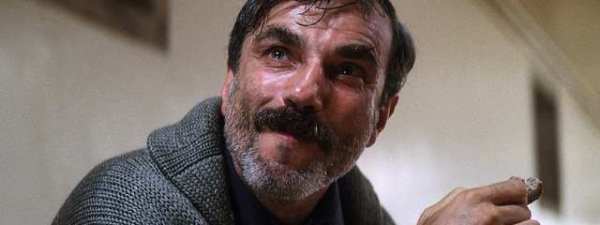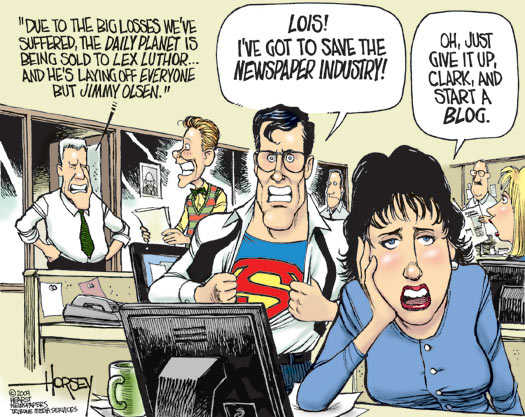This was one of the papers I wrote during my freshman year in UP, originally for an Eng 10 class. I can’t think of anything to write about right now, so this paper may very well have to temporarily suffice. Entitled “Free as a Bird”, it talks about a person that may be familiar to some of you who ply the UP-Katipunan jeepney route. Here I go:
When it was time to choose someone to interview for this paper, my class partner Bono and I had a bit of a hard time thinking of who to choose. We immediately decided to not interview a professor, or a student, because we didn’t want an interview with predictable answers. We wanted someone unique and someone no one else would probably interview. With that said, we settled on the “buff” jeepney barker that usually hung out near Vinzon’s and the College of Education as our interviewee. He was one of those people who we see everyday, but really fail to take notice of. In the hustle and bustle of everyday life, this man was just another blur who I passed by, until now.
Having arranged the meeting two days prior to the interview, we started heading to the interview place, somewhere along Shuster Street. I already saw him by the street corner, sitting down on the curb. It was lunch time, just like what we had agreed on. He was wearing a white tank top, dark-colored shorts and slippers; his signature outfit if you will. With his closely-cropped hair and unusually large biceps covered with tattoos, he definitely exudes a tough-guy persona which makes him such a character in the area and made us slightly nervous as to why we chose to interview him in the first place. As we neared his spot by curb, I was thinking of how we were going to approach this whole thing, because funnily enough, we didn’t even know his name.
When we reached him, he stood up and smiled at us, remarking on how we came on time. Before we started, we looked for a place to conduct the interview, and he led us to a small set of stairs leading to the entrance of the College of Education, where he usually did the business of barking. With Bono playing the part of hard-nosed interviewer and I the transcriber, the three of us sat down and got down to the business of asking questions.
Bono asked what his name was and how old he was. With a cool, relaxed demeanor, which permeated throughout the rest of the interview, he replied, “Alex, 33 years old”. Unsurprisingly, he did not reveal his surname, and Bono and I looked at each other in a way that said that we would no longer dare to even ask about his surname. As for age, it was within the range I estimated him to be, though I expected him to be younger. Afterwards, Bono asked him how long had he been a barker for the UP-Katipunan jeeps. He told us that he had been doing this for three years now, and he suddenly became animated when he told us that before assuming the position of barker in the Vinzon’s area, his father did the “barking” for the Katipunan jeeps years prior. At this point, I realize that he likes to talk about his job, more than anything else. Then we asked him what he was into prior to being a barker. He revealed to us that he worked as a photocopier in Caloocan and when that didn’t work out, he spent a year out of work, unemployed and lived the life of a tambay, if you will.
The next question was in the vein of something more abstract and intangible. Bono asked Alex if he enjoyed his job being a barker. Breaking into a smile, he simply said “enjoy”. He then added that the whole process of being a barker was just like playing around and making tambay was the agenda for most of the day. The fact that he had no superiors breathing down his neck like cubicle workers have to contend with and that his time is his own and very flexible at that, makes it all the more worthwhile and enjoyable to him. Next, Bono asked if he had any memorable experiences on the job. He told us that he really didn’t have any to tell us. He emphasized on how he takes great care to maintain his good relationship with his “usuals”, the ones who are regulars when lining up for the Katipunan jeep, Bono and I included. Bono then retorted by bringing up the video that the UP Industrial Engineering Club made wherein some members dressed up as Katipuneros and rode a Katipunan jeep, with Alex making a cameo appearance in the video. Having remembered the incident himself, the three of us shared a laugh.
After the momentary pause from the laughter, Bono then queried him on what he would likely be right now, had he not become a barker. Alex replies in a more serious tone, saying that he’d probably still be in the business of photocopying. He then reminisces on how he was a construction worker at the young age of seventeen. Then he tells us that now he is in a job where he is free to handle his own income. Then came the question of how hard it is to be a barker. Alex calmly replies that it really isn’t difficult. What he earns now doesn’t even compare to what he earns back then. He then explained to us a bit about the wheeling, dealing, relationships with the drivers, and how the whole process works, which is too long to write about here, fascinating as it is. Bono then lays down the final question, actually more of a request, which was to give us one word to describe his life right now. He simply replied, with the smile back on his face, “Happy”. “Happy with the situation I’m in. Happy with how simple things are. Happy with the friends I have made here in UP. Happy with my relationship with the passengers”, were his parting words to us. And with that, the interview ended. Having shaken hands and exchanged smiles, the three of us went our separate ways, to each their own endeavour for that day.
Looking back at that answers he gave us, he truly shed some light on himself. A nameless face in the routine no longer, Alex defines a man of free spirit, a man who makes do with what he has and does things not entirely for the money, but just for the sake of doing them. Days after the interview, as I head towards Shuster St. to join the queue for the Katipunan jeeps, and as I eventually give my fare to him, he now smiles and we give each other a reaffirming nod, a silent nod that speaks volumes about our newfound familiarity with each other.



